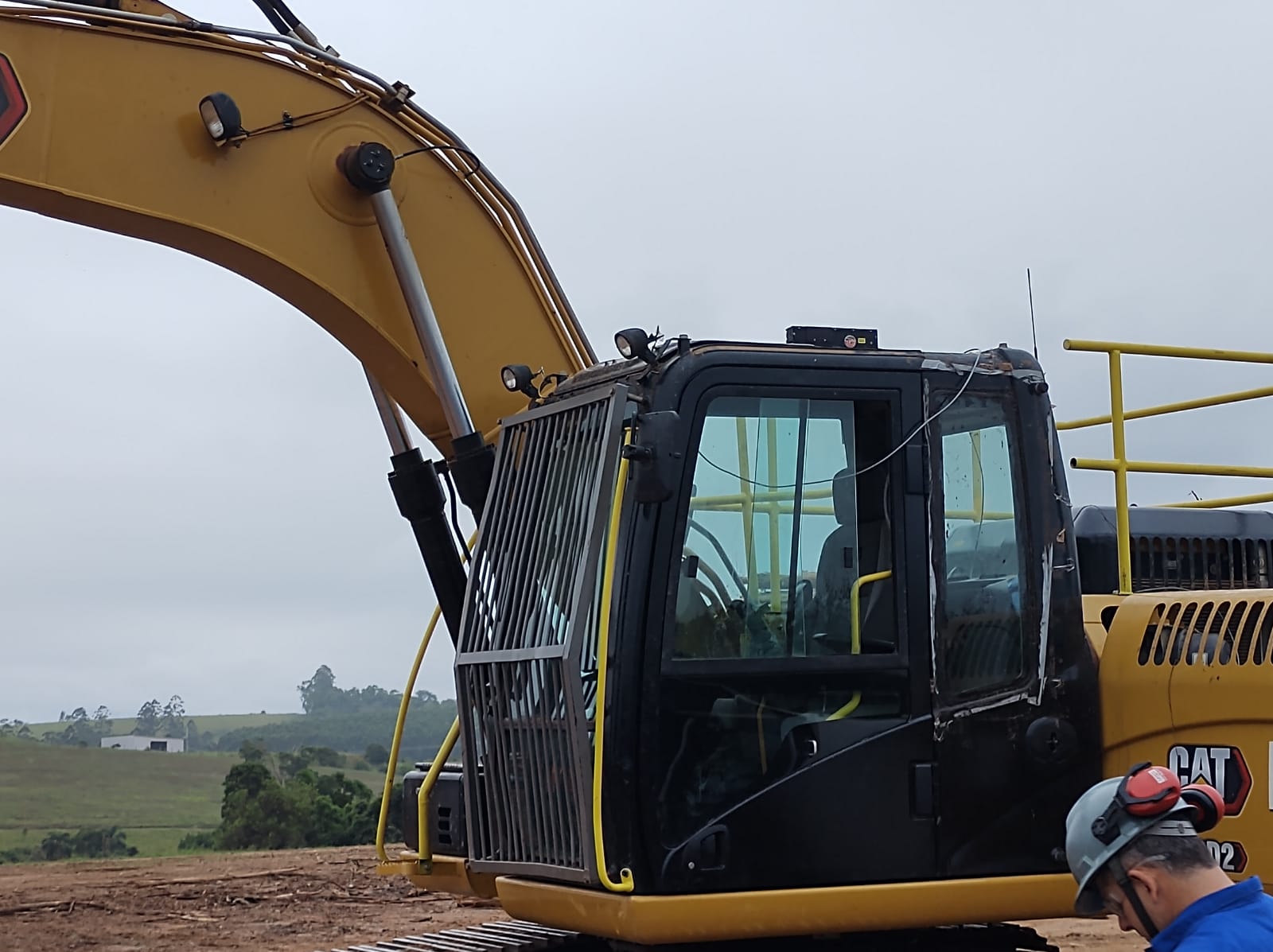Embracing Safety and Efficiency The Intersection of Social Distancing Compliance and Collision Avoidance Technology
Embracing Safety and Efficiency The Intersection of Social Distancing Compliance and Collision Avoidance Technology
In an era marked by global challenges, ensuring the safety and well-being of individuals has become a top priority across industries. Two key concepts that have emerged in response to these challenges are social distancing compliance and collision avoidance technology. With the need to maintain physical distance to prevent the spread of infectious diseases, social distancing compliance has become a crucial aspect of everyday life. Simultaneously, collision avoidance technology has revolutionized safety measures, minimizing accidents and enhancing efficiency in various settings. In this blog, we explore the powerful synergy between social distancing compliance and collision avoidance technology and their transformative impact on safety and productivity.
Understanding Social Distancing Compliance
The Significance of Social Distancing: Analyzing the importance of social distancing as a preventive measure during pandemics and other health crises.
Challenges in Maintaining Distance: Exploring the challenges faced by individuals and organizations in adhering to social distancing guidelines.
Social Distancing in Public Spaces: Examining how social distancing compliance is implemented in public spaces such as malls, airports, and public transportation.
The Role of Technology: Introducing the role of technology in supporting social distancing compliance through innovative solutions.
The Rise of Collision Avoidance Technology
Enhancing Safety on the Road: Understanding how collision avoidance technology has transformed driving by preventing accidents and minimizing risks.
Automotive Collision Avoidance Systems: Exploring the various collision avoidance systems integrated into modern vehicles.
Collision Avoidance in Industrial Settings: Analyzing how collision avoidance technology is utilized in industries to protect workers and assets.
Applications in Drones and Robotics: Discovering how collision avoidance technology is revolutionizing the drone and robotics industries.
The Intersection of Social Distancing and Collision Avoidance
The Parallel Objectives: Recognizing the shared goals of social distancing compliance and collision avoidance technology: promoting safety and preventing accidents.
Wearable Social Distancing Technology: Exploring wearable devices that incorporate collision avoidance technology to ensure personal safety and adherence to social distancing guidelines.
Social Distancing in Workplace Safety: Analyzing how collision avoidance technology can be adapted to maintain physical distance in work environments.
Smart Public Spaces: Examining how smart public spaces leverage collision avoidance technology to manage crowds and encourage social distancing.
Collaborative Solutions for Safer Environments
Incorporating Collision Avoidance in Social Distancing Solutions: Understanding how social distancing compliance solutions can integrate collision avoidance technology for comprehensive safety measures.
Innovation in Wearable Devices: Exploring cutting-edge wearable devices that incorporate both social distancing and collision avoidance features.
The Role of Artificial Intelligence: Analyzing how AI-powered collision avoidance systems optimize safety and adapt to dynamic environments.
Real-Time Alerts and Data Insights: Discussing the importance of real-time alerts and data analytics in managing social distancing compliance and collision avoidance.
Impact on Industries and Everyday Life
Safer Commutes: Understanding how the integration of social distancing compliance and collision avoidance technology ensures safer transportation for commuters.
Safe and Efficient Workplaces: Exploring the benefits of combining these technologies to create safe and efficient work environments.
Revolutionizing Healthcare: Analyzing how these technologies have transformed healthcare settings, optimizing patient care and safety.
Future Implications: Discussing the potential long-term impact of these technologies on shaping a safer and more resilient society.
Challenges and Ethical Considerations
Privacy Concerns: Addressing privacy issues related to the collection and use of data in collision avoidance technology and social distancing compliance.
Human Element in Decision-Making: Discussing the importance of human judgment in conjunction with technology-based solutions.
Regulations and Standardization: Exploring the need for standardized guidelines and regulations in implementing collision avoidance technology and social distancing compliance.
The seamless integration of social distancing compliance and collision avoidance technology represents a significant milestone in creating safer and more efficient environments across industries. From enhancing workplace safety and streamlining daily commutes to revolutionizing healthcare and public spaces, these
innovative solutions have the power to shape a new normal where safety is paramount without compromising productivity.
As we embrace the transformative potential of these technologies, it is essential to address privacy concerns and ensure that human judgment remains central to decision-making. By collaboratively exploring new solutions and adhering to regulations, we can harness the full potential of social distancing compliance and collision avoidance technology, creating a brighter and safer future for all.


